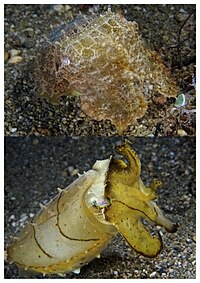
Photo from wikipedia
We present a path-integral formulation of the motion of a particle subjected to fluctuating active and thermal forces. This general framework predicts the statistical behavior associated with the stochastic trajectories… Click to show full abstract
We present a path-integral formulation of the motion of a particle subjected to fluctuating active and thermal forces. This general framework predicts the statistical behavior associated with the stochastic trajectories of the particle, accounting for all possible realizations of Brownian and active forces, over an arbitrary potential landscape. Temporal correlations in the active forces result in non-Markovian statistics, necessitating the inclusion of a fixed active-force value at specified times within the statistical treatment. We specialize our theory to that of exponentially correlated active forces for a particle in a harmonic potential. We find the exact results for the statistical distributions for the initial position of the particle, accounting for the impact of the correlated active forces at all times prior to the initial time. Our theory is then used to find the two-point distribution for the active Brownian particle, which governs the joint probability that a particle begins and ends at specified locations. Analyses of the active Brownian statistics demonstrate that the impact of active forces can be interpreted through a time-dependent temperature whose influence depends on the competition of timescales of the active-force correlation and the relaxation time of the particle in the harmonic potential. The general results presented in this work are transferable to a broad range of nonequilibrium systems with active and Brownian motion, and the time-dependent temperature serves as a governing principle to describe the competition of timescales associated with active forces and internal relaxation processes.
Journal Title: Physical review. E
Year Published: 2022
Link to full text (if available)
Share on Social Media: Sign Up to like & get
recommendations!